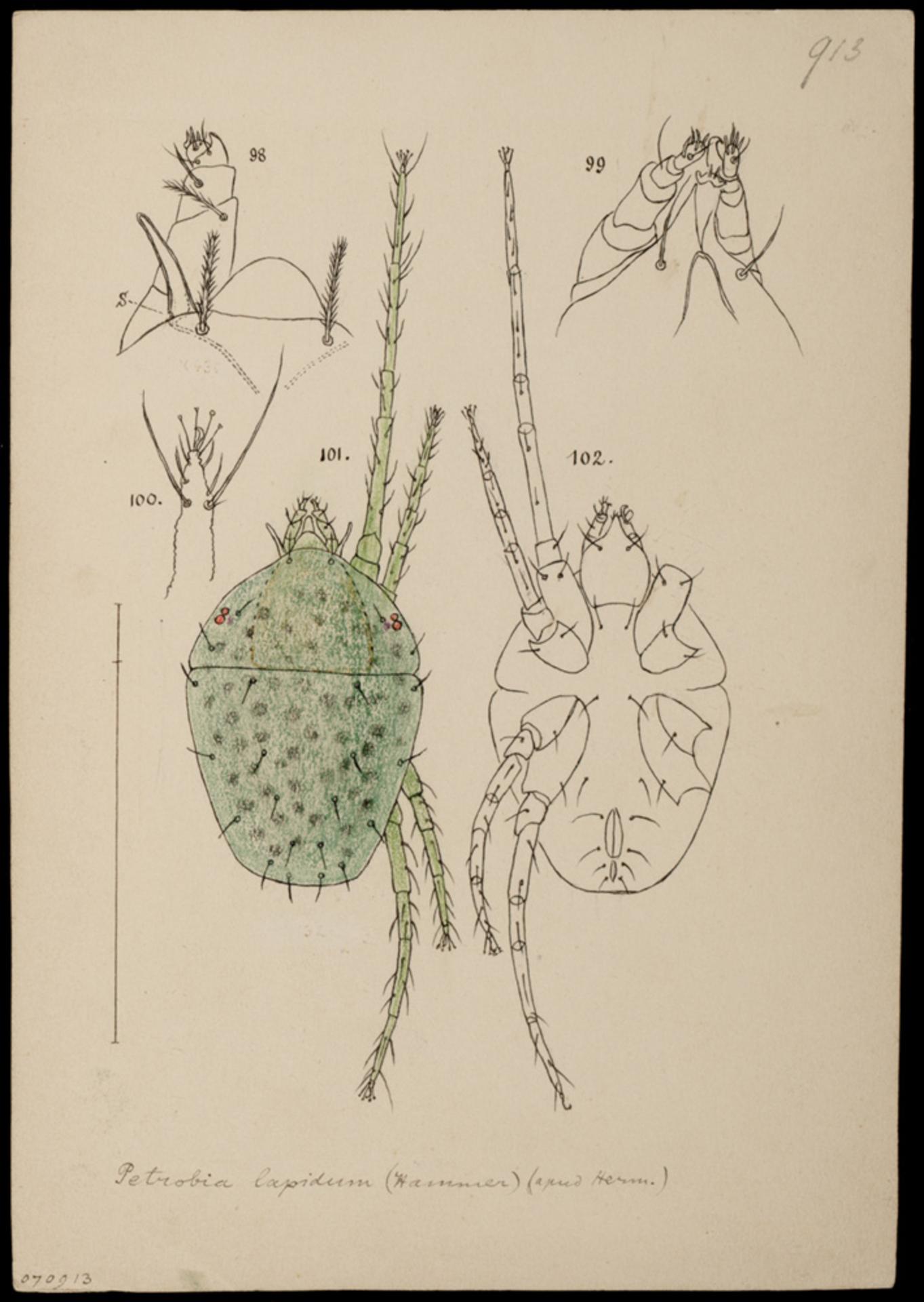|
Tetranychoidea
Tetranychoidea is a superfamily of mites in the order Trombidiformes. There are about 5 families and more than 2,200 described species in Tetranychoidea. Families These five families belong to the superfamily Tetranychoidea: * Allochaetophoridae * Linoteranidae * Tenuipalpidae * Tetranychidae (spider mites) * Tuckerellidae The peacock mites of the genus ''Tuckerella'' ( the only genus of the mite family Tuckerellidae) are a significant herbivorous pest in the tropics, for example on citrus fruit. Other species dwell in grasses, possibly as root feeders. The peaco ... References Further reading * * * * * Trombidiformes Arachnid superfamilies {{trombidiformes-stub ... [...More Info...] [...Related Items...] OR: [Wikipedia] [Google] [Baidu] |
Tuckerellidae
The peacock mites of the genus ''Tuckerella'' ( the only genus of the mite family Tuckerellidae) are a significant herbivorous pest in the tropics, for example on citrus fruit. Other species dwell in grasses, possibly as root feeders. The peacock mite's name suggests that their feather-like (or leaf-like) setae adorning their backs are evocative of a peacock's plumage. They also have long hair-like setae projecting from rear ( caudal setae) that have been compared to a trailing peacock tail. The 5–7 pairs of caudal setae can be flicked over the body very quickly, so they are used like whips in defense against predators. They may also help in wind-borne dispersal. They are classified in the superfamily Tetranychoidea, being its most ornate members. Species * '' Tuckerella anommata'' Smith-Meyer & Ueckermann, 1997 (South Africa) * '' Tuckerella channabasavannai'' Mallik & Kumar, 1992 (host: ''Saraca indica''; Andhra Pradesh) * ''Tuckerella eloisae'' Servin & Otero, 1989 (h ... [...More Info...] [...Related Items...] OR: [Wikipedia] [Google] [Baidu] |
Tenuipalpidae
Tenuipalpidae, also called flat mites or false spider mites, are a family of mites, closely related to the Tetranychidae. They are reddish and slow-moving and normally feed near the midrib or veins on the underside of leaves. Several species, among them ''Raoiella indica'', are important crop pests. Other common species include '' Acaricis urigersoni'' and the ''Brevipalpus'' species '' B. phoenicis'', '' B. californicus'', '' B. obovatus'', and '' B. lewisi''. Genera The family includes the following genera: * '' Aegyptobia'' Sayed, 1950 * '' Afronychus'' M. K. P. Smith-Meyer, 1979 * '' Australopalpus'' Smiley & Gerson, 1995 * ''Brevipalpus ''Brevipalpus'' is a genus of mites in the family Tenuipalpidae, the flat mites. [...More Info...] [...Related Items...] OR: [Wikipedia] [Google] [Baidu] |
Trombidiformes
The Trombidiformes are a large, diverse order of mites. Taxonomy In 1998, Trombidiformes was divided into the Sphaerolichida and the Prostigmata. The group has few synapomorphies by which it can be defined, unlike the other major group of acariform mites, Sarcoptiformes. Its members include medically important mites (such as ''Demodex'', the chiggers, and scrub-itch mites) and many agriculturally important species, including the spider mites (Tetranychidae). The superfamily Eriophyoidea, traditionally considered members of the Trombidiformes, have been found to be basal mites in genomic analyses, sister to the clade containing Sarcoptiformes and Trombidiformes. The 2004 classification retained the two suborders, comprising around 125 families and more than 22,000 described species. In the 2011 revised classification, the order now contains 151 families, 2235 genera and 25,821 species, and there were another 10 species with 24 species that present only as fossils. These 151 ... [...More Info...] [...Related Items...] OR: [Wikipedia] [Google] [Baidu] |
Naturalis Biodiversity Center - RMNH
Naturalis Biodiversity Center ( nl, Nederlands Centrum voor Biodiversiteit Naturalis) is a national museum of natural history and a research center on biodiversity in Leiden, Netherlands. It was named the European Museum of the Year 2021. Although its current name and organization are relatively recent, the history of Naturalis can be traced back to the early 1800s. Its collection includes approximately 42 million specimens, making it one of the largest natural history collections in the world. History The beginnings of Naturalis go back to the creation of the Rijksmuseum van Natuurlijke Historie (abbreviated RMNH, National Museum of Natural History) by Dutch King William I on August 9, 1820. In 1878, the geological and mineralogical collections of the museum were split off into a separate museum, remaining distinct until the merger of the Rijksmuseum van Natuurlijke Historie with the Rijksmuseum van Geologie en Mineralogie (abbreviated RGM) in 1984, to form the Nationaal Natu ... [...More Info...] [...Related Items...] OR: [Wikipedia] [Google] [Baidu] |
Tetranychidae
Spider mites are members of the Tetranychidae family, which includes about 1,200 species. They are part of the subclass Mite, Acari (mites). Spider mites generally live on the undersides of leaf, leaves of plants, where they may spin protective silk Spider web, webs, and they can cause damage by puncturing the plant Cell (biology), cells to feed. Spider mites are known to feed on several hundred species of plants. Description Spider mites are less than in size and vary in color. They lay small, spherical, initially transparent egg (biology), eggs and many species spin silk webbing to help protect the Colony (biology), colony from Predation, predators; they get the "spider" part of their common name from this webbing. Life cycle Hot, dry conditions are often associated with population build-up of spider mites. Under optimal conditions (approximately 27 °C), the two-spotted spider mite can hatch in as little as 3 days, and become sexually mature in as little as 5 days. One ... [...More Info...] [...Related Items...] OR: [Wikipedia] [Google] [Baidu] |


